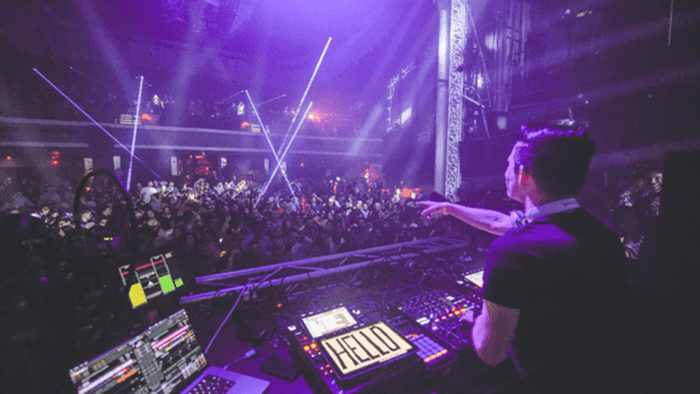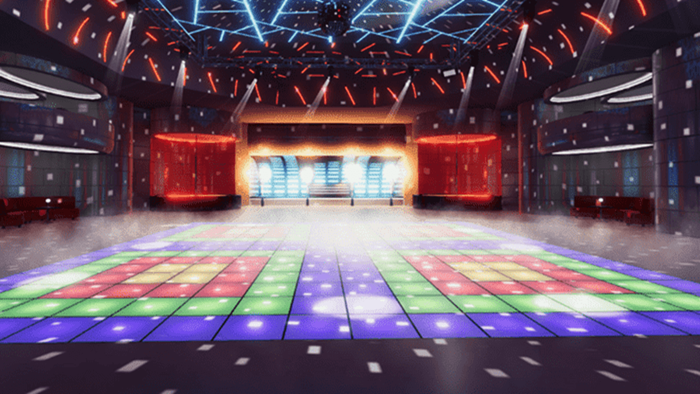해외밤알바

Get a 해외밤알바 monthly salary of 5 million won. The advent of internet labor as an alternative to conventional employment has made it easier than ever to boost one’s income without being bound to a regular 9 to 5 schedule. If you need money but don’t want to work jobs …









